

Articles
How To Wash Pillows Without Ruining Them
Modified: October 27, 2024
Learn how to effectively wash your pillows without causing any damage. Our articles provide valuable tips and techniques for a successful pillow cleaning process.
(Many of the links in this article redirect to a specific reviewed product. Your purchase of these products through affiliate links helps to generate commission for Storables.com, at no extra cost. Learn more)
Introduction
When it comes to maintaining a clean and healthy home, washing your pillows may not be at the top of your to-do list. However, considering the amount of time we spend sleeping on them, it’s important to regularly clean our pillows to remove dirt, sweat, and allergens. Not only will washing your pillows make them feel fresher, but it will also help prolong their lifespan.
In this article, we will guide you through the process of washing pillows without ruining them. We’ll discuss the importance of washing pillows, how to check care labels for specific instructions, and the different methods you can use to clean your pillows. Whether you prefer handwashing or machine-washing, we’ve got you covered.
So, let’s dive in and discover the best ways to wash your pillows and ensure they stay clean and comfortable for a good night’s sleep.
Key Takeaways:
- Regularly washing your pillows not only maintains hygiene but also extends their lifespan, improves sleep quality, and provides relief for allergy sufferers. It’s an essential step for a clean and comfortable sleep environment.
- Whether handwashing or machine washing, proper drying and fluffing techniques are crucial to maintain the shape and comfort of your pillows. Follow care label instructions and implement preventive measures for long-lasting cleanliness.
Read more: How To Store Hats Without Ruining Them
Why You Should Wash Pillows
Many of us underestimate the importance of washing our pillows regularly. After all, we use pillowcases to protect them, right? While pillowcases do provide a barrier between our heads and the pillow, they are not foolproof. Over time, pillows accumulate sweat, body oils, dead skin cells, dust mites, and even mold or mildew if left uncleaned. Here are a few reasons why you should prioritize washing your pillows:
- Hygiene: Think about all the time you spend sleeping on your pillow. It’s no surprise that it can become a breeding ground for bacteria, dust mites, and allergens. Regularly washing your pillows helps maintain good hygiene and keeps potential health risks at bay.
- Allergen Control: If you suffer from allergies or asthma, unwashed pillows can exacerbate your symptoms. Dust mites and allergens can accumulate in pillows over time, causing discomfort and irritation. Washing your pillows helps remove these allergens, providing relief for allergy sufferers.
- Longevity: A clean pillow lasts longer. Regular washing helps maintain the integrity of the pillow’s materials, such as feathers, down, or synthetic fill. By removing dirt and oils, you can extend the lifespan of your pillows and avoid having to replace them as frequently.
- Improved Sleep Quality: Nobody enjoys sleeping on a dirty pillow. By washing your pillows, you can enjoy a fresh, clean sleep surface. It can make a noticeable difference in your comfort and help promote a better night’s rest.
As you can see, there are many benefits to washing your pillows regularly. It not only contributes to your overall cleanliness, but it also improves your sleep quality and helps control allergens. Now that you understand why washing pillows is so important, let’s move on to the next step: checking the care label on your pillows.
Checking the Care Label
Before you start washing your pillows, it’s essential to check the care label for specific instructions. Manufacturers often provide guidelines for washing and drying different types of pillows. The care label can be found attached to the pillow or on the pillow’s packaging.
Here are some common care label symbols and what they mean:
- Machine Wash: This symbol indicates whether the pillow can be safely washed in a washing machine. If the label has this symbol, it means you can proceed with machine washing.
- Hand Wash: If you see a symbol of a hand, it means the pillow should be hand washed. Handwashing is a gentler method that is suitable for pillows with delicate materials or special fillings.
- Do Not Wash: This symbol indicates that the pillow cannot be washed. In this case, consider alternative cleaning methods, such as spot cleaning or using a garment steamer to freshen up the pillow.
- Temperature: Some care labels specify the temperature setting for washing. Follow these guidelines to protect the integrity of the pillow’s materials.
- Tumble Dry: This symbol indicates whether it’s safe to tumble dry the pillow. If the label advises against tumble drying, consider air drying instead.
- Dry Clean: If the care label has a dry cleaning symbol, it means the pillow should be taken to a professional dry cleaner for cleaning.
It’s crucial to follow the care label instructions to avoid damaging the pillow during the washing process. If you’re unsure about the symbols or have misplaced the care label, it’s best to err on the side of caution and choose a gentle cleaning method.
Now that you know how to check the care label, let’s move on to preparing the pillows for washing.
Preparing the Pillows for Washing
Now that you have checked the care label and determined the proper washing method for your pillows, it’s time to prepare them for washing.
Here are the steps to take:
- Remove Pillowcases: Start by removing any pillowcases or covers from the pillows. These can usually be washed separately according to the care instructions on their labels.
- Inspect for Damage: Before washing, inspect the pillows for any signs of damage. Check for tears, loose seams, or clumped filling. If you notice any significant damage, it may be best to replace the pillow rather than attempting to wash it.
- Fluff and Shake: Give the pillows a good fluffing to redistribute the filling and shake them to remove any loose debris.
- Spot Clean Stains: If you notice any stains on the pillows, address them before washing. Use a mild detergent or stain remover and a clean cloth to gently blot the stain. Avoid using harsh chemicals or excessive scrubbing, as this can damage the pillow’s materials.
- Pre-Treat Odors: If your pillows have developed odors, you can pre-treat them before washing. Sprinkle baking soda on the pillows and let it sit for about 30 minutes to absorb any unwanted smells. Then, vacuum off the baking soda using a brush attachment.
Preparing your pillows properly ensures that they are clean and ready for the washing process. Removing pillowcases, inspecting for damage, fluffing, spot cleaning, and pre-treating odors are essential steps to take before washing. Once you have finished preparing your pillows, you’re ready to move on to the next step: selecting the right washing method.
Selecting the Right Washing Method
When it comes to washing pillows, you have a few options: handwashing or machine washing. The method you choose will depend on the type of pillow, the care label instructions, and your personal preference.
Let’s explore the two washing methods:
- Handwashing: Handwashing is a suitable method for pillows with delicate materials, special fillings (such as memory foam or latex), or those labeled as “hand wash only.” Here’s how to handwash your pillows:
- Fill a basin or bathtub with lukewarm water and add a mild detergent. Swirl the water to create suds.
- Place the pillow in the water and gently press it down to submerge it. Gently squeeze and knead the pillow to work the soap through the fibers.
- Rinse the pillow thoroughly with clean water until all the soap is removed.
- Press out excess water without wringing or twisting the pillow. You can roll it loosely in a clean towel to help absorb moisture.
- Finally, lay the pillow flat on a clean, dry towel or a drying rack to air dry completely.
- Machine Washing: Machine washing is a convenient option for pillows that are machine washable according to the care label. Keep in mind that not all pillows can withstand the agitation of a washing machine, so always check the care label instructions first. Here’s how to machine wash your pillows:
- Place one or two pillows in the washing machine to maintain balance during the cycle.
- Add a small amount of mild detergent to the machine. Using a gentle cycle and cool water, start the washing machine.
- After the washing cycle is complete, run an extra rinse cycle to ensure all the detergent is rinsed out.
- Remove the pillows from the machine and gently squeeze out excess water.
It’s important to note that not all pillows are suitable for machine washing. Pillows with foam fillings or those containing certain materials may lose their shape or become damaged in the machine. Always refer to the specific care instructions to ensure you’re using the right washing method.
Now that you know how to select the right washing method, whether it’s handwashing or machine washing, you’re ready to proceed with cleaning your pillows. In the next sections, we’ll guide you through the steps for each method, ensuring that you effectively wash and maintain the quality of your pillows.
Handwashing Pillows
If your pillows require handwashing or if you prefer a gentler cleaning method, follow these steps to effectively clean them:
- Prepare the Cleaning Solution: Fill a basin or bathtub with lukewarm water and add a small amount of mild detergent. Swirl the water to create suds.
- Submerge the Pillows: Place the pillow(s) in the water, pressing them down gently to ensure they are fully submerged. Allow them to soak for a few minutes.
- Gently Clean: Using your hands, gently squeeze and knead the pillows to distribute the cleaning solution and work it through the fibers. Focus on any stained or soiled areas.
- Rinse Thoroughly: Drain the soapy water and rinse the pillows with clean water until all the detergent is removed. Repeat this step if necessary.
- Remove Excess Water: Carefully press out excess water from the pillows without wringing or twisting them. Avoid putting too much pressure on the pillows to prevent damage.
- Air Dry: Lay the pillows flat on a clean, dry towel or a drying rack in a well-ventilated area. Rotate the pillows occasionally to ensure they dry evenly. It may take several hours or even a day for the pillows to dry completely.
Handwashing pillows is a gentle and effective method, particularly for pillows with delicate materials or those labeled as hand wash only. It allows you to have more control over the cleaning process and ensures the preservation of the pillow’s shape and quality.
Continue to the next section if you prefer using a machine to wash your pillows or if the care label recommends machine washing.
To wash pillows without ruining them, use a mild detergent and wash on a gentle cycle. Add a second rinse to ensure all detergent is removed. Dry on low heat with dryer balls to fluff.
Machine Washing Pillows
If your pillows are machine washable according to the care label instructions, follow these steps to clean them using a washing machine:
- Load the Washing Machine: Place one or two pillows in the washing machine to maintain balance during the wash cycle. Adding too many pillows at once may cause an imbalance or prevent them from getting thoroughly cleaned.
- Add Detergent: Add a small amount of mild detergent to the machine. Avoid using too much detergent as it can leave residue on the pillows.
- Select a Delicate Cycle: Set the washing machine to a gentle or delicate cycle. This ensures that the pillows are not subjected to too much agitation, which can damage the pillow’s materials.
- Use Cold Water: Set the water temperature to cold. Hot water can shrink or distort certain pillow materials. Cold water is effective in cleaning and helps maintain the shape and integrity of the pillows.
- Extra Rinse: After the washing cycle is complete, run an extra rinse cycle to ensure all the detergent is thoroughly rinsed out of the pillows. Soap residue can cause the pillows to feel stiff or clumpy.
- Remove Excess Water: Once the washing process is finished, remove the pillows from the machine and gently squeeze them to remove excess water. Avoid wringing or twisting the pillows, as it can damage their shape.
- Air Dry: Lay the pillows flat on a clean, dry towel or a drying rack. Place them in a well-ventilated area to air dry completely. Fluff the pillows occasionally during the drying process to prevent clumping.
Machine washing is a convenient option for cleaning pillows, making it easy to remove dirt and odors. However, it’s crucial to check the care label instructions and ensure that your pillows are suitable for machine washing to avoid any damage to the materials or loss of shape.
Following these steps will help you effectively clean your pillows in the washing machine, leaving them fresh, clean, and ready for use.
Now that you’ve learned how to handwash and machine wash pillows, the next step is to learn how to properly dry and restore their shape. Let’s continue to the next section.
Drying Pillows
Properly drying your pillows is just as important as washing them. Improper drying methods can lead to clumping, mold growth, or a damp, musty smell. Here’s how to effectively dry your pillows:
- Gently Squeeze Excess Water: After washing, gently squeeze the pillows to remove any excess water. Avoid wringing or twisting the pillows, as this can distort their shape or cause damage.
- Choose the Right Drying Method: The drying method will depend on the type of pillow and its care label instructions. You can choose between air drying or using a dryer.
- Air Drying: Air drying is a safe option for most pillows. Lay the pillows flat on a clean, dry towel or a drying rack in a well-ventilated area. Rotate the pillows occasionally to ensure even drying. It may take several hours or even a day for them to fully dry.
- Using a Dryer: If the care label allows for it, you can use a dryer to dry your pillows. Place the pillows in the dryer with a couple of clean tennis balls or dryer balls. These will help fluff the pillows and prevent clumping. Use a low heat or delicate cycle to avoid damaging the pillows. Periodically pause the cycle and fluff the pillows to ensure they dry evenly.
- Monitor the Dryness: Regardless of the drying method you choose, it’s important to monitor the dryness of the pillows. Feel them for any dampness or cold spots. If they’re not fully dry, continue the drying process until they are completely moisture-free.
Remember, it’s essential to ensure that your pillows are thoroughly dried before using them again. Any moisture left in the pillows can lead to mold or mildew growth, which can be harmful to your health.
Once your pillows are dry, it’s time to give them a little fluff and restore their shape.
Fluffing and Restoring Shape
After washing and drying your pillows, they may lose their shape and appear flat. However, with a little effort, you can easily fluff them up and restore their original shape. Follow these steps to bring your pillows back to life:
- Fluffing by Hand: Start by gently fluffing the pillows by hand. Grab the corners or edges of the pillow and give them a good shake. This helps redistribute the filling and loosen any clumps.
- Pillow Manipulation: To further fluff the pillows, fold them in half and squeeze them tightly. Then, release the pressure and allow them to expand. Repeat this a few times to help restore the pillow’s shape.
- Pillow Drying: If you air dry the pillows, they might feel slightly stiff. To soften them up and fluff them further, you can put them in the dryer on a no-heat or air-only cycle for a few minutes. Alternatively, you can place them in direct sunlight for a short time.
- Give Them a Good Shake: Another effective way to fluff your pillows is to give them a vigorous shake. Hold onto one corner of the pillow, then jerk it up and down a few times. This action helps separate the fibers and restore the pillow’s loftiness.
- Rotate and Flip: Regularly rotating and flipping your pillows can also help maintain their shape. This prevents one side from bearing the weight of your head continuously and ensures even wear and tear.
By following these simple steps, you can easily fluff and restore the shape of your pillows. Fluffing not only enhances their appearance but also ensures that they remain comfortable and supportive for a good night’s sleep.
Now that you’ve learned how to fluff and restore your pillows, it’s time to explore some tips for maintaining clean pillows over time.
Read more: How To Clean Pillows Without Washing
Tips for Maintaining Clean Pillows
Now that you’ve cleaned and fluffed your pillows, it’s important to maintain their cleanliness and freshness. Here are some tips to help you keep your pillows clean and in good condition:
- Use Pillow Protectors: Invest in pillow protectors to add an extra layer of defense against sweat, oils, and dirt. These protective covers can easily be removed and washed, keeping your pillows cleaner for longer.
- Wash Pillowcases Regularly: Pillowcases should be washed at least once a week to remove any buildup of dirt, oils, and sweat. This helps prevent these contaminants from seeping through to the pillow itself.
- Fluff and Air Out: Take a few moments each morning to fluff your pillows and give them a breath of fresh air. This helps to prevent trapped moisture and keeps the pillows feeling and smelling fresh.
- Follow Care Label Instructions: Always refer to the care label instructions on your pillows and follow them carefully. Each type of pillow may have different cleaning needs, and following the manufacturer’s recommendations ensures you maintain the integrity of the pillow’s materials.
- Regularly Vacuum: Use a vacuum cleaner with an upholstery attachment to remove dust and allergens from your pillows. This can help reduce the risk of allergies and keep your pillows cleaner between washes.
- Avoid Eating or Drinking in Bed: Consuming food and drinks in bed increases the likelihood of spills and stains on your pillows. Avoid this habit to keep your pillows cleaner and free from food debris.
- Replace Pillows When Necessary: Over time, pillows lose their shape and become less supportive. If your pillows no longer provide adequate comfort or have become lumpy despite cleaning efforts, it may be time to replace them.
By following these tips, you can maintain clean and fresh pillows for a longer duration. Regular cleaning and proper care will help ensure that your pillows continue to provide you with a comfortable and restful sleep environment.
Now that you’re armed with the knowledge of maintaining clean pillows, it’s time to wrap up this article.
Conclusion
Keeping your pillows clean and fresh is essential for a healthy and comfortable sleep environment. Regularly washing your pillows helps eliminate dirt, sweat, allergens, and odors, ensuring you have a restful night’s sleep. Whether you choose to handwash or machine wash your pillows, be sure to check the care labels for specific instructions.
By following the proper washing methods and techniques outlined in this article, you can safely and effectively clean your pillows without ruining them. Handwashing is a gentle option for delicate materials, while machine washing provides convenience for pillow types suitable for this method.
After washing, it’s crucial to dry and fluff your pillows properly to restore their shape and maintain their comfort. By following the recommended drying techniques and periodically fluffing your pillows, you can ensure they are ready for use and maintain their loftiness.
Remember to take preventive measures to maintain clean pillows over time. Using pillow protectors, regularly washing pillowcases, and vacuuming your pillows help minimize dirt and allergen buildup. Additionally, following care label instructions and avoiding eating or drinking in bed can significantly contribute to the cleanliness and longevity of your pillows.
By implementing these tips for maintaining clean pillows, you can enjoy a clean, fresh, and comfortable sleep surface night after night. So go ahead, give your pillows the care they deserve and experience the benefits of a clean and rejuvenating sleep environment.
Frequently Asked Questions about How To Wash Pillows Without Ruining Them
Was this page helpful?
At Storables.com, we guarantee accurate and reliable information. Our content, validated by Expert Board Contributors, is crafted following stringent Editorial Policies. We're committed to providing you with well-researched, expert-backed insights for all your informational needs.



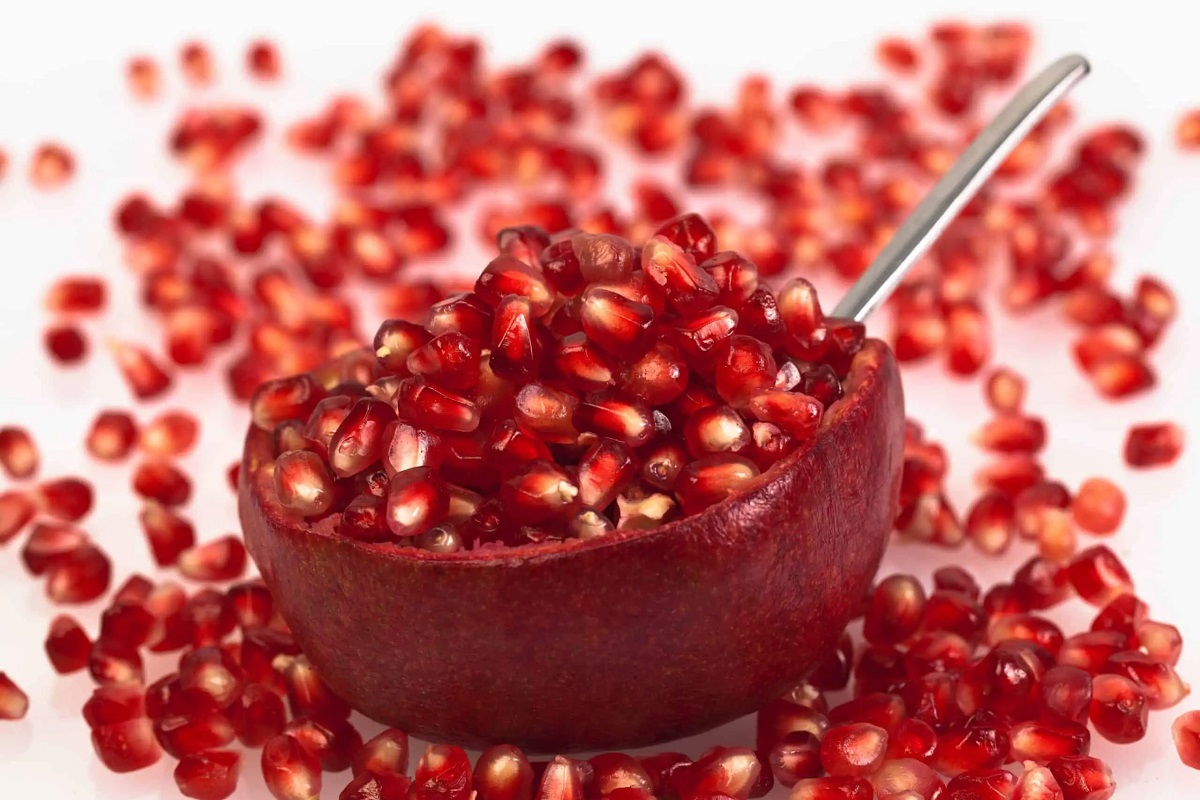
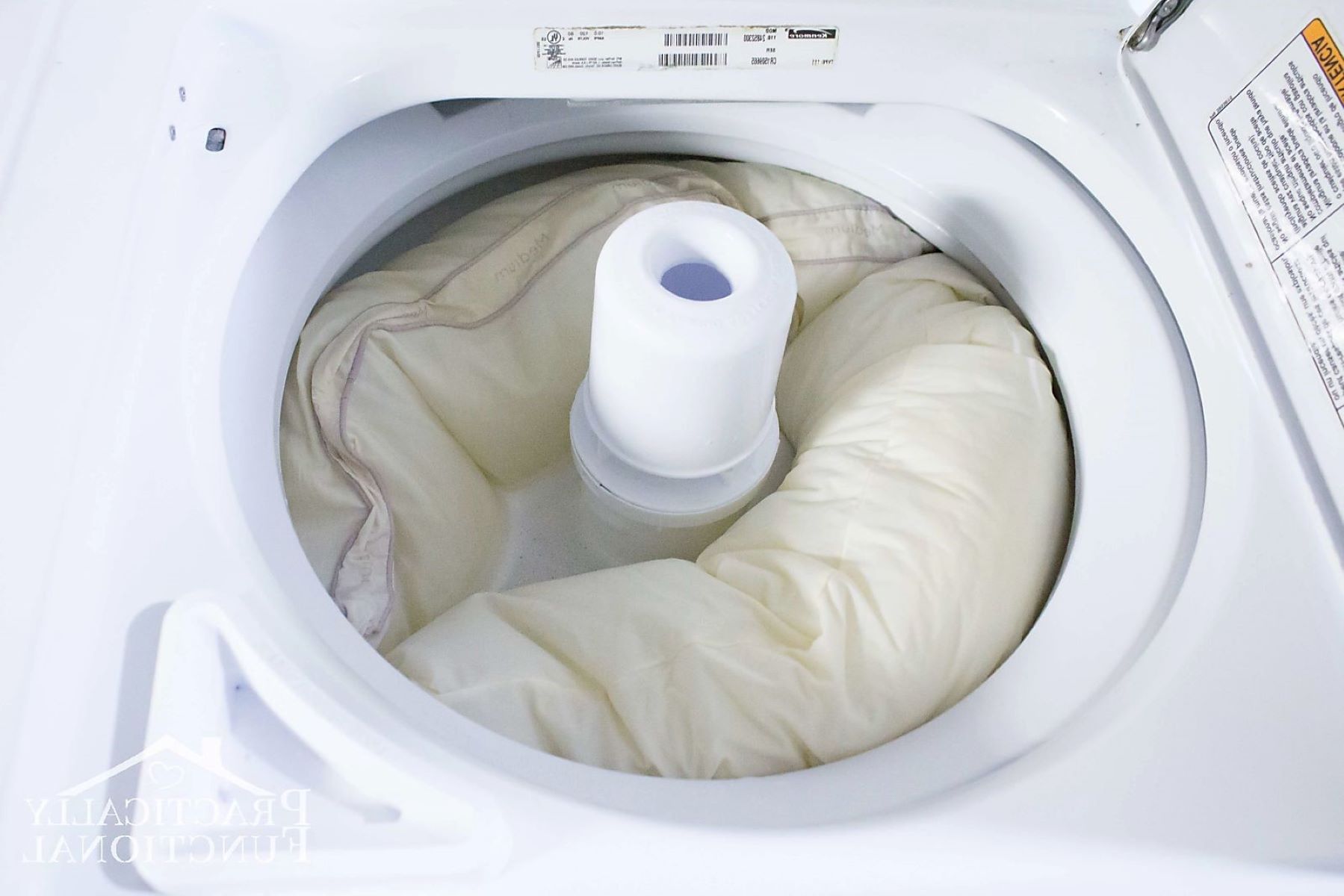
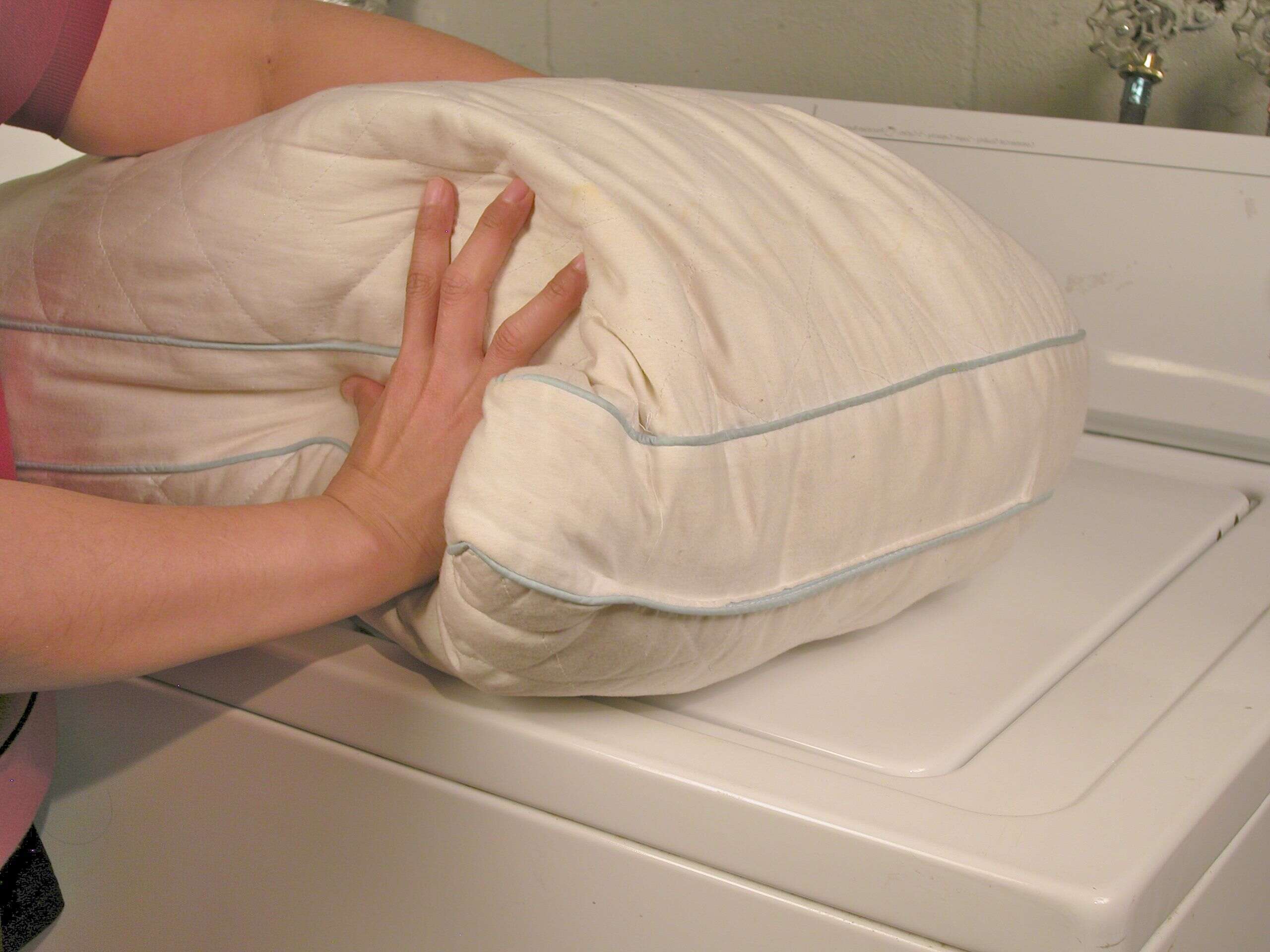

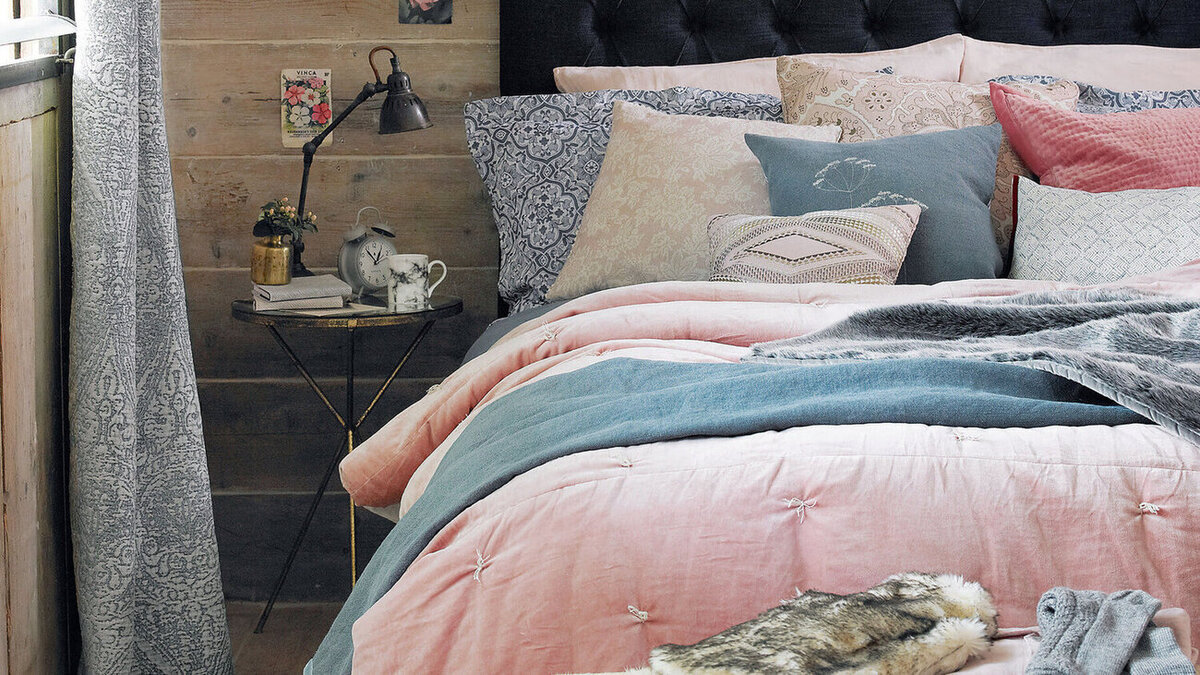
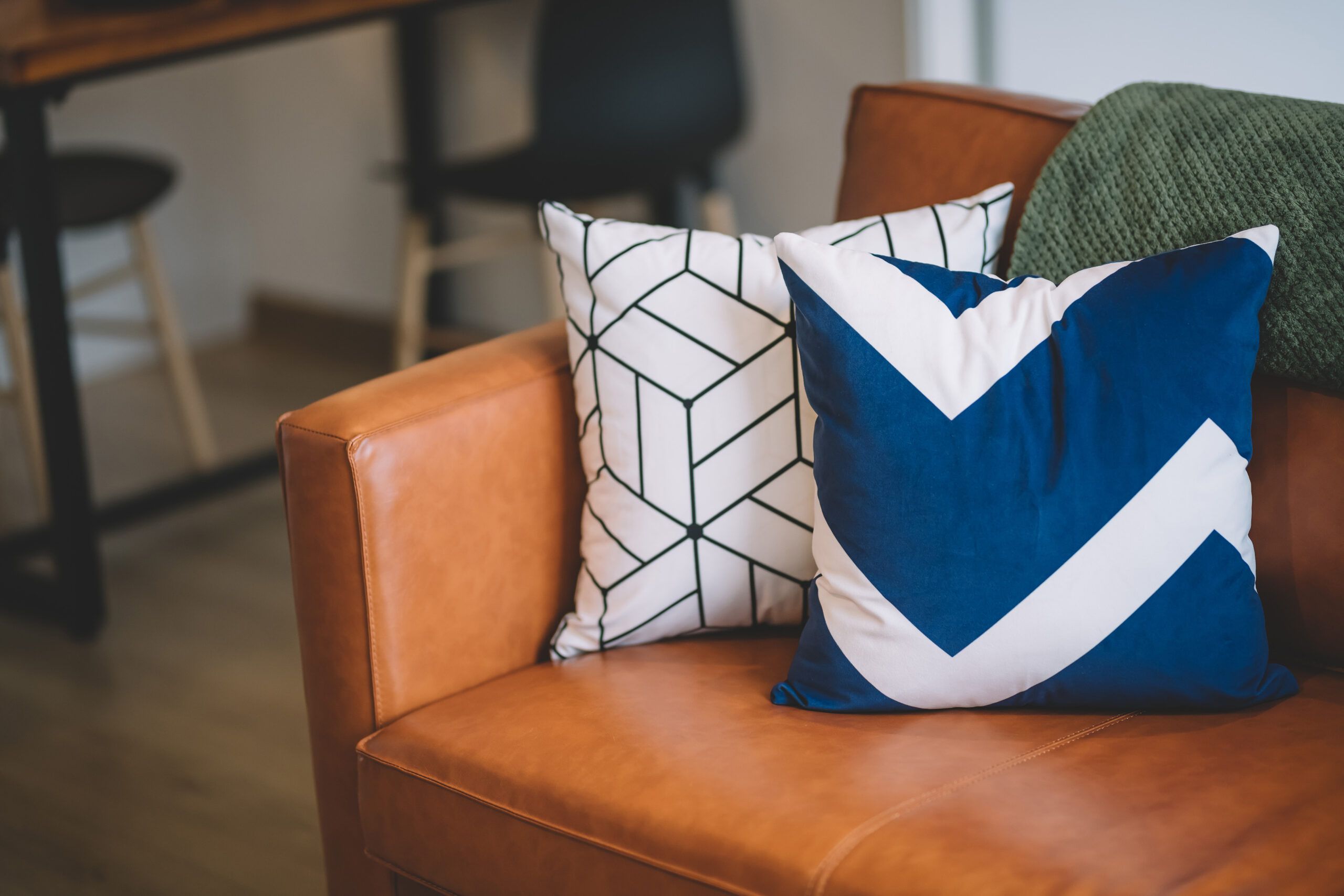
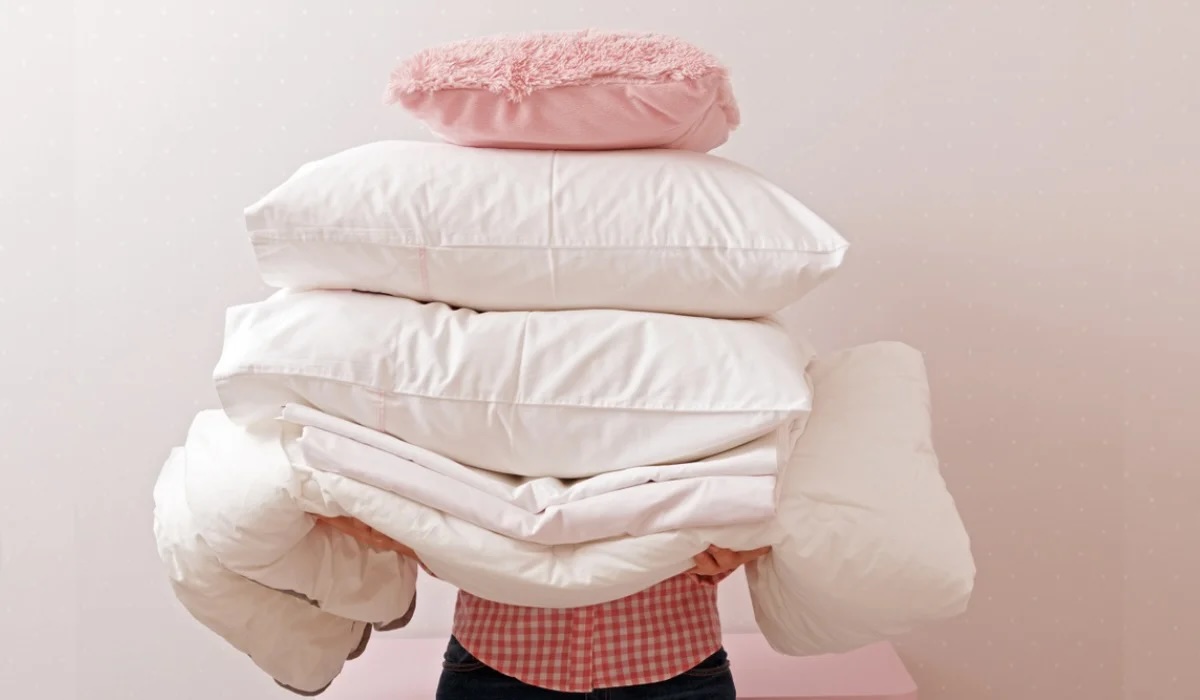
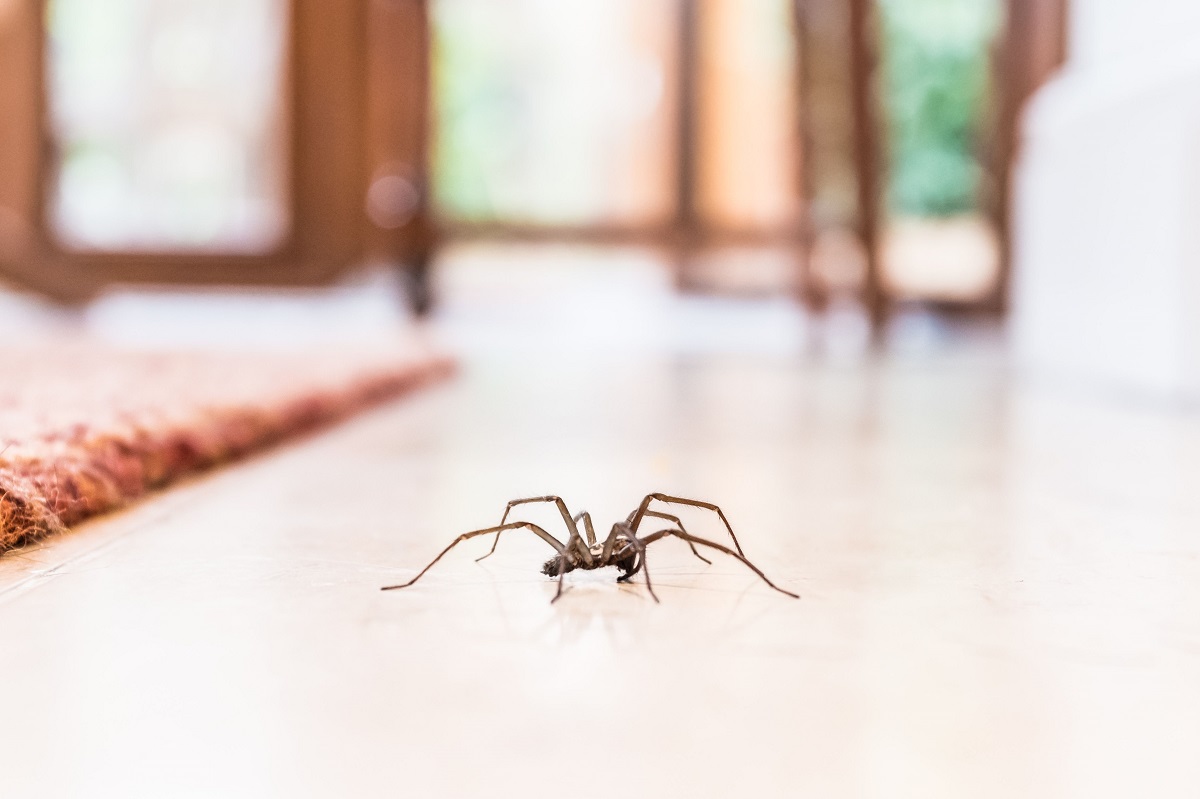
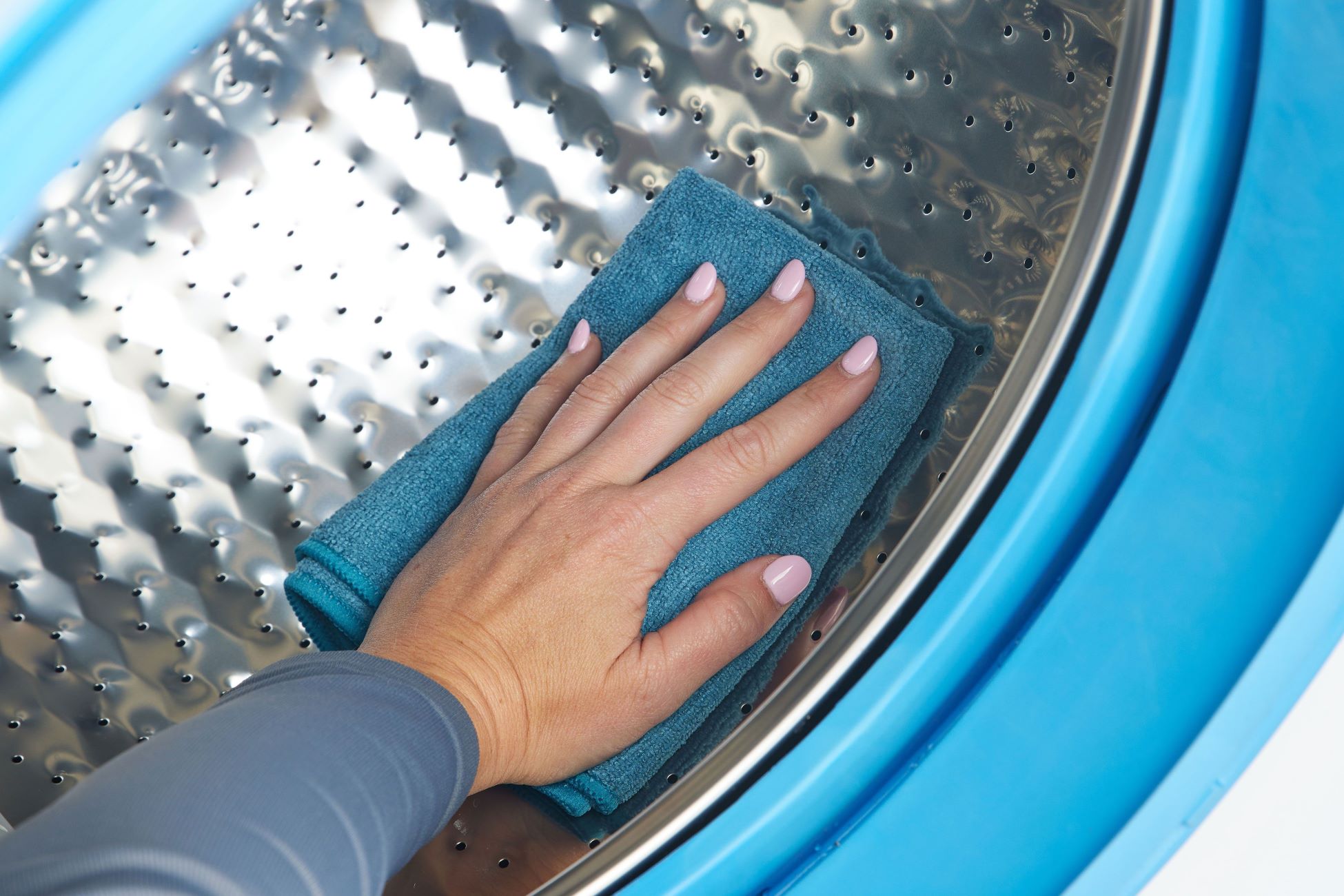
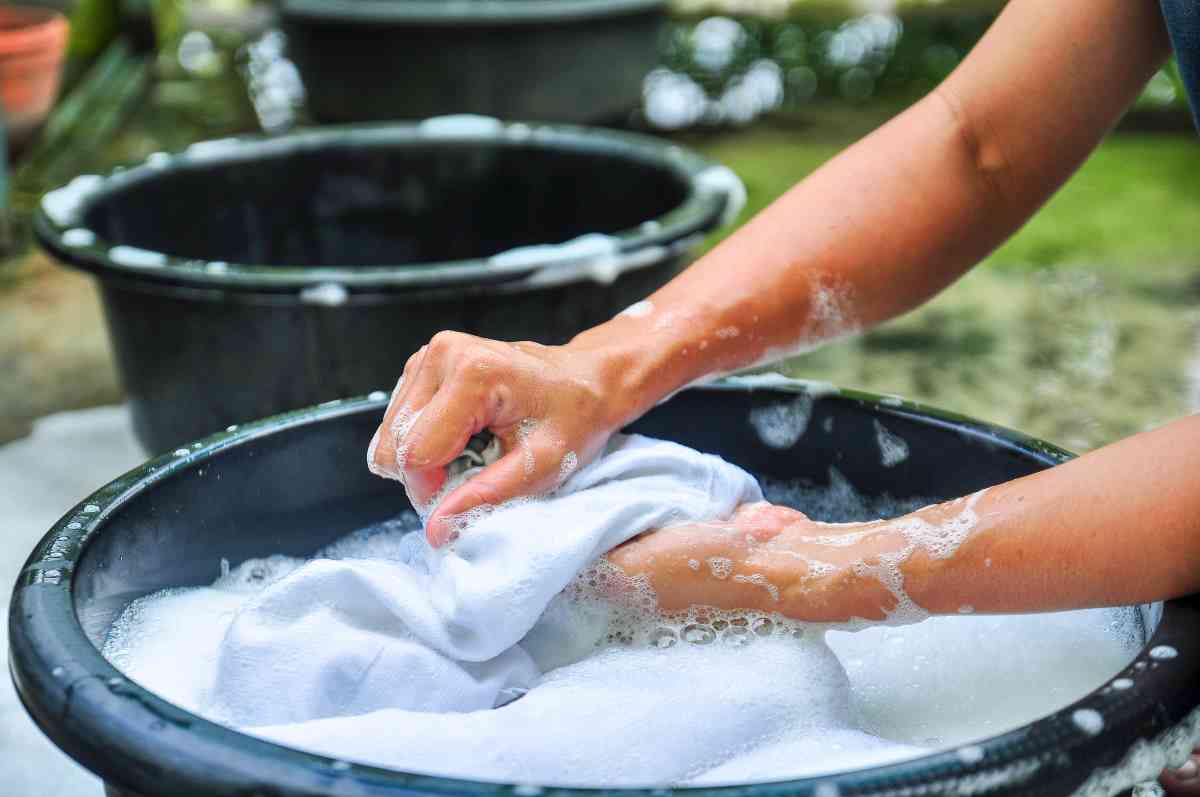

0 thoughts on “How To Wash Pillows Without Ruining Them”